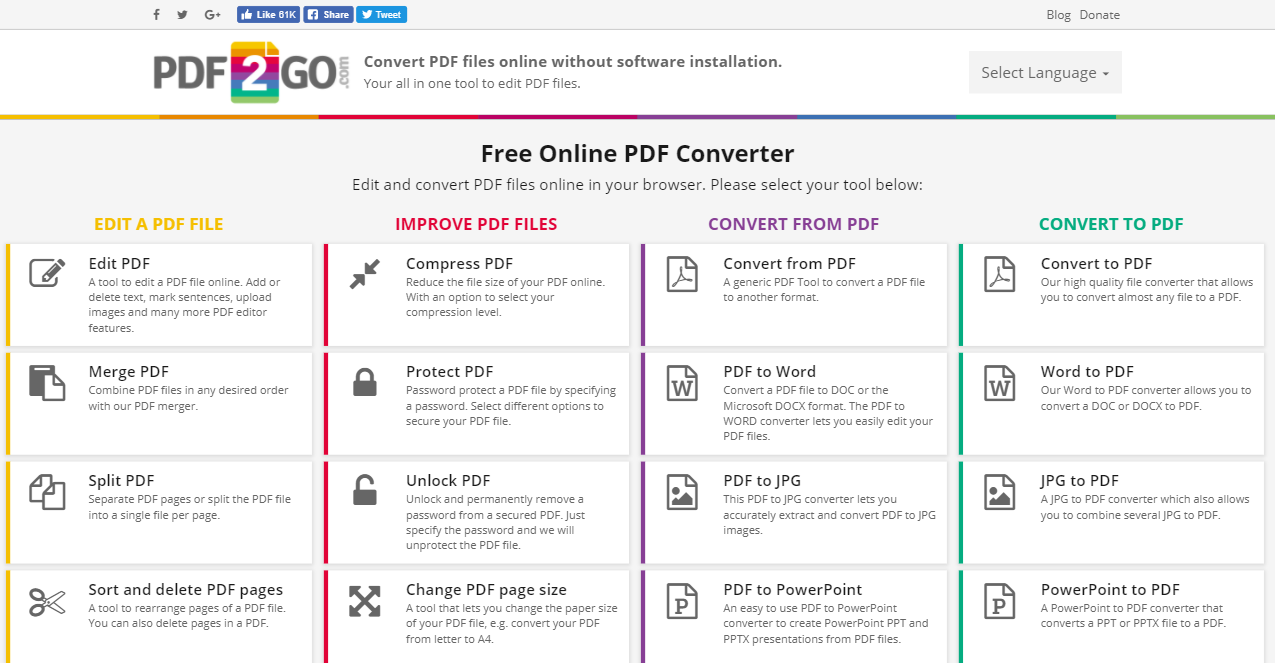When it comes to printing or designing documents, one of the most commonly used page sizes is A4. But have you ever wondered what exactly is A4 page size in pixels? In this article, we will dive into everything you need to know about A4 page size in pixels and how it affects your document’s design and print quality.
What is A4 Page Size?
Before we get into the technical details, let’s first understand what A4 page size is. A4 is an international standard paper size, defined by the International Organization for Standardization (ISO). It measures 210 mm by 297 mm or 8.27 inches by 11.69 inches.
A4 size paper is widely used for various purposes such as printing documents, magazines, books, flyers, and more. It is also the default paper size for many printers and word processing software.
Understanding Pixels

Pixels are the smallest units that make up a digital image. They are tiny squares that come together to form an image on a screen or printout. The more pixels there are, the clearer and sharper the image will be.
Pixels are measured in dots per inch (dpi) or pixels per inch (ppi), which represents the number of pixels in an inch of a digital image. The higher the dpi/ppi, the higher the quality of the image.
Now that we have covered the basics, let’s delve into the main question – what is A4 page size in pixels?
A4 Page Size in Pixels
The A4 page size in pixels depends on the resolution of the image or document. Different resolutions have different pixel dimensions for the same A4 page size. For example, if we consider a resolution of 300 dpi, an A4 page would have a pixel dimension of 2480 x 3508 pixels.
However, if we change the resolution to 72 dpi, the pixel dimension of an A4 page would be 595 x 842 pixels. This shows that the higher the resolution, the more pixels are needed to create a high-quality image.
Pixels and Print Quality
When printing a document or image, the number of pixels per inch is crucial for achieving good print quality. If there are not enough pixels, the image will appear blurry or pixelated when printed.
For example, if you have an A4 size image with a resolution of 72 dpi and try to print it on a standard printer, the image will look pixelated and low quality. This is because the printer needs at least 300 dpi to produce a clear and sharp printout.
Optimal Resolution for A4 Page Size

As mentioned earlier, the optimal resolution for an A4 page size depends on its intended use. Here are some common uses and their recommended resolutions:
Printing Documents
For documents, such as reports, essays, or presentations, with mostly text and simple graphics, a resolution of 300 dpi is recommended. It ensures that the text appears crisp and easy to read, and the graphics are clear.
Printing Images
If you want to print high-quality images on A4 size paper, a resolution of 600-1200 dpi is recommended. This resolution ensures that the printed image looks detailed and vibrant without any pixelation.
Web Use
When creating digital images or documents for web use, a resolution of 72 dpi is sufficient. This is because most computer screens have a resolution of 72 dpi, so a higher resolution won’t make a significant difference in the image’s quality.
Tips for Designing A4 Documents

Designing documents for A4 size can be a bit tricky, as it requires a balance between text and visuals. Here are some tips to help you design A4 documents effectively:
Use Appropriate Font Sizes
When designing documents, it’s essential to consider the font size as it affects the readability of the text. For A4 size documents, a font size of 11-12 points is recommended for the main body text, and 14-18 points for headings.
Leave Enough White Space
White space or negative space is the areas left blank in a document. It helps to create a more visually appealing layout and makes the text easier to read. When designing A4 documents, make sure to leave enough white space between elements.
Use High-Quality Images
As mentioned earlier, using high-quality images is crucial for achieving good print quality. Make sure to use images with the appropriate resolution for the best results.
Consider the Margins
When printing a document, there needs to be some margin around the edges to ensure that no important content gets cut off. It is recommended to leave a 1-inch margin around all sides of an A4 document.
FAQs

Q: Can I change the A4 page size in pixels?
A: Yes, you can change the A4 page size in pixels by adjusting the resolution of your document or image.
Q: How many pixels are needed for an A4 size poster?
A: The number of pixels needed for an A4 size poster depends on its resolution. For a 300 dpi resolution, the pixel dimension would be 2480 x 3508 pixels, and for a 72 dpi resolution, it would be 595 x 842 pixels.
Q: Why is A4 page size so popular?
A: A4 page size is popular because it is an international standard, making it easy to use for various purposes, such as printing documents or designing marketing materials.
Q: Is it necessary to use high-resolution images for A4 size documents?
A: It is not necessary to use high-resolution images for A4 size documents, but it is recommended for better print quality.
Q: Can I print an A4 document on a different paper size?
A: Yes, you can print an A4 document on a different paper size, but there may be some cropping or resizing of the content.
Conclusion
In conclusion, A4 page size in pixels depends on the resolution of the document or image. The higher the resolution, the more pixels are needed to create a high-quality printout. When designing A4 documents, it’s essential to consider the font size, white space, and image quality for the best results. We hope this article has provided you with all the necessary information about A4 page size in pixels.